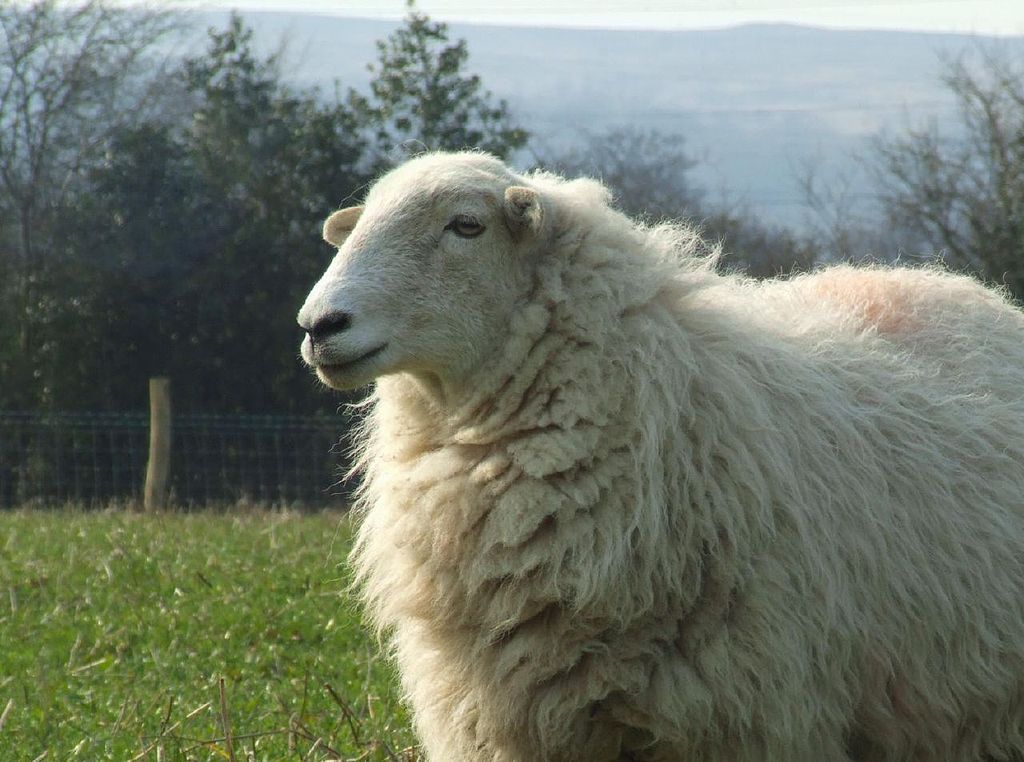Since Neil Perkins, a sheep farmer from West Wales in the UK, made significant, technological changes to his farming practices a few years ago, he has become one of the biggest ram breeders in the UK.
Through the adoption of two main precision agriculture tools, Perkins is also producing 30 percent more grass than before, resulting in what is effectively 150 acres of extra pasture.
Perkins was first enlightened to the potential for agriculture technology after his travels to New Zealand as a Nuffield scholar, he told delegates at the Oxford Farming Conference last week. Nuffield Farming Scholarships Trust, a charitable organization, awards scholarships to individuals in farming, food, horticulture or rural industries to research topics of interest and travel to a range of different agricultural markets globally.
“In all walks of life, technology is constantly evolving, and it’s now common place to see precision farming being practiced. I don’t think sheep farming should be left behind because there are massive gains to be made,” said Perkins.
It all started eight years ago when Perkins decided to start recording details about each of his sheep after the flock kept suffering from a foot disease. This record-keeping coincided with the compulsory implementation of electronic identification (EID) tags on every sheep in the UK in 2009. While there have been some grumbles about EIDs in the industry, Perkins says the technology must not be undervalued and that EIDs had directly contributed to a 50 percent increase in the value of each animal.
After analyzing the records of his 1600-strong flock two years ago, he soon realized that only around 180 had the foot problem, of which 30 had it persistently, so they were culled from the flock, instantly creating a massive benefit, according to Perkins.
To make the most of the EIDs and the farm’s growing records,

Perkins then made a big investment into a multi-tasking sheep conveyor, “the equivalent to an arable farmer buying a swanky new combine”, he said.
Perkins did not mention which make he bought, but a Google search brought up a range of manufacturers including DM Handling Systems, C-Trak Conveyors, Scotpen, and Farm Quip.
Not only does the conveyor move sheep in single file enabling the performance of routine treatments and drenches, but it also weighs the sheep, pregnancy scans them, and records other data from them such as lambing traits, identifying them by their ear tag.
“It looks a bit like a production line, but it actually increases the welfare to the sheep as they get gently on and can walk off at the end,” said Perkins.
After Perkins has run the sheep through the system and scored them on their condition, the conveyor can draft them into different groups depending on their situation. So sheep that are lambing can be given a special diet, those with a contagious condition can be quarantined, all of a certain breed and age can be drafted together, and so on. This allows Perkins to remove underperformers.
Around 3,500 sheep go through the conveyor every three weeks, producing a lot of data. This data is then analyzed to see how each different group is performing, and Perkins can then use this data to make breeding plans for the future. The data can also expose the performance of different paddocks depending on the weight of the sheep in that group.
And this is where Perkins’ other main hardware technology comes in — a quad bike with an ultrasonic sensor and GPS tracking on it that takes 100 measurements per second as he travels across his land checking stock each day. He combines this data with that of his sheep to measure how much supply he needs to match the demand from his flock.
Understanding his supply enables him to manage his pasture assets better, such as conserving any surplus grass for winter feed. He can also test different grass varieties and measure their impact on the growth of his sheep. This understanding has helped him use “much fewer artificial inputs” he told delegates, while producing 30 percent more grass.
While these technologies are relatively simple compared to some of the new developments in the startup community, particularly on the data capture and analysis side, Perkins is viewed as an innovative farmer in the UK and this case study highlights the impact technology can have on a farm in a short space of time. Great job Neil!
Are you a farmer with a technology story, good or bad? Get in touch at [email protected].
Image credit: Vertigogen on Wikimedia Commons




